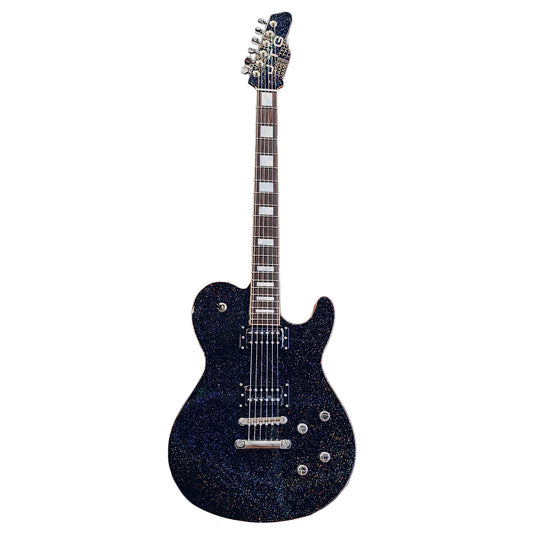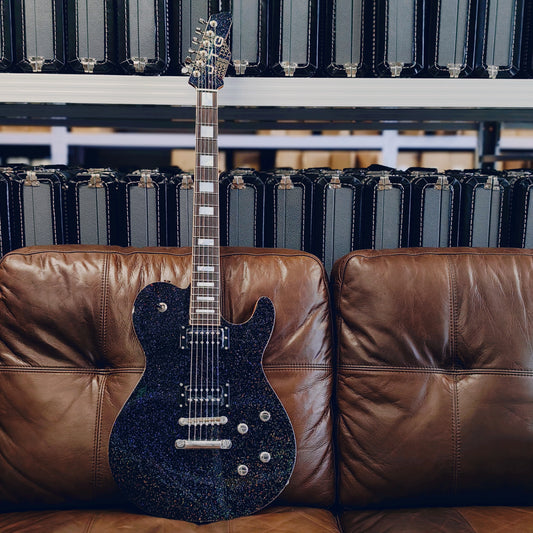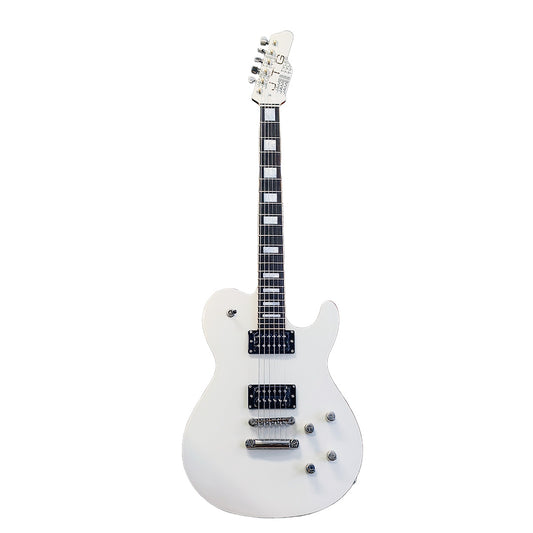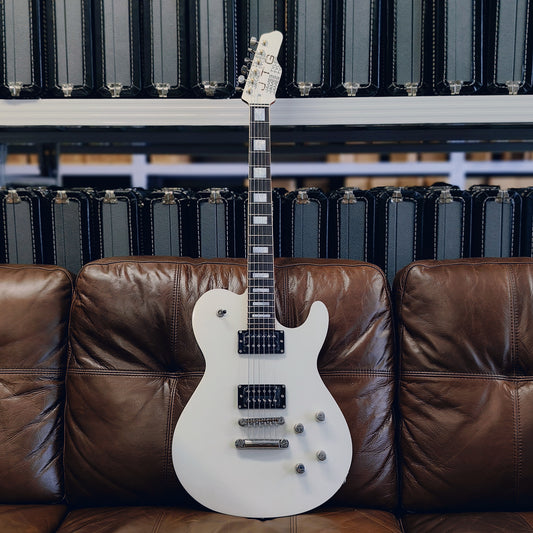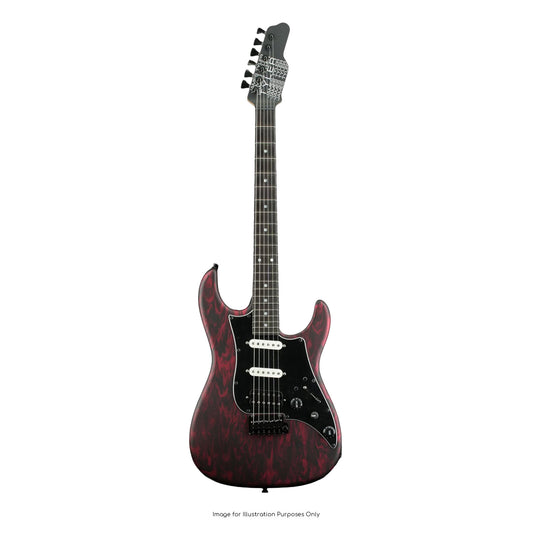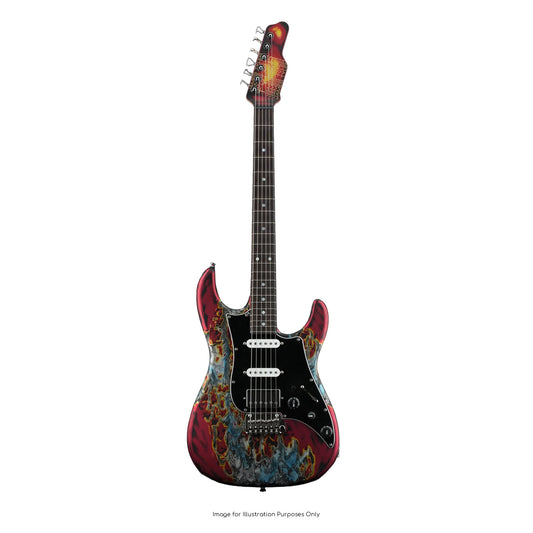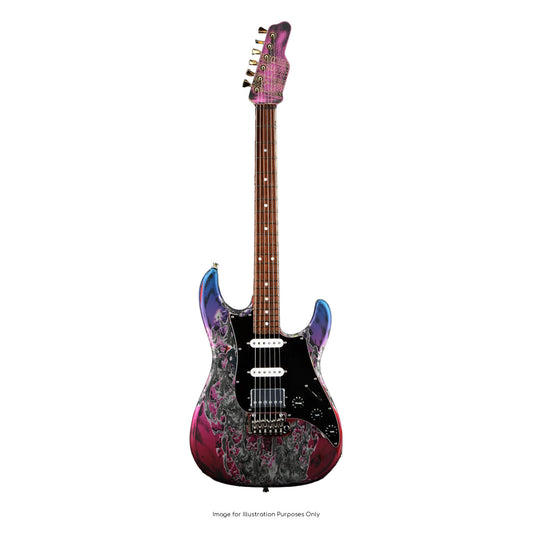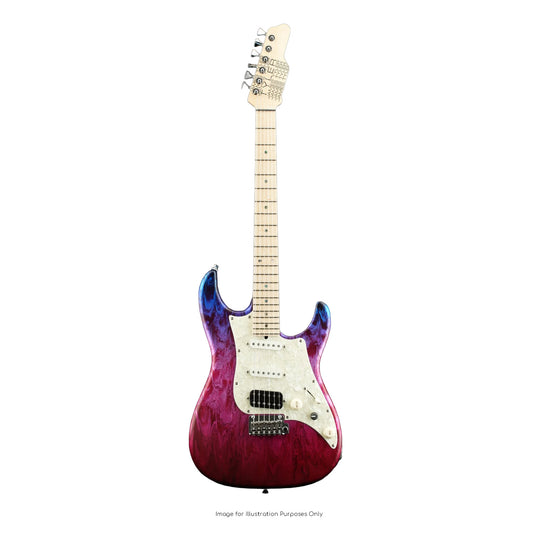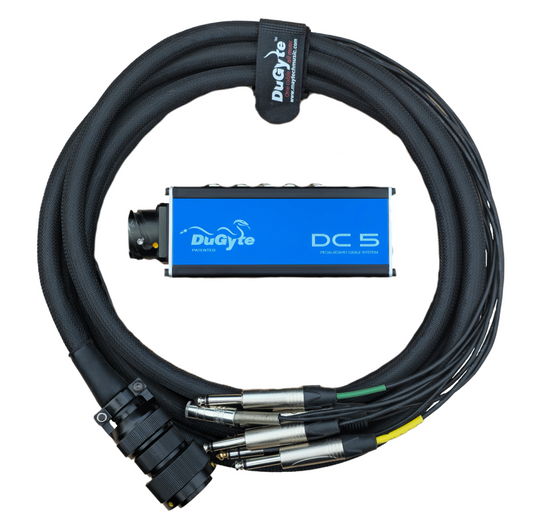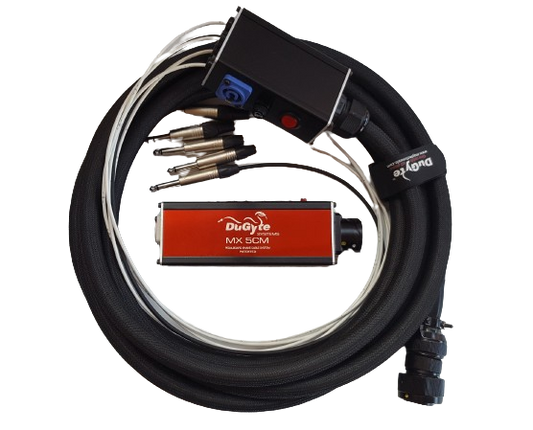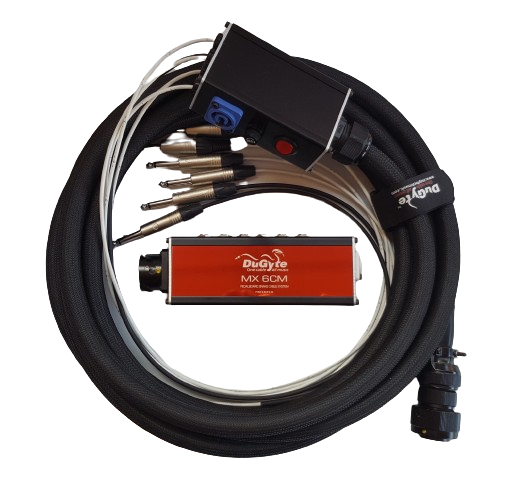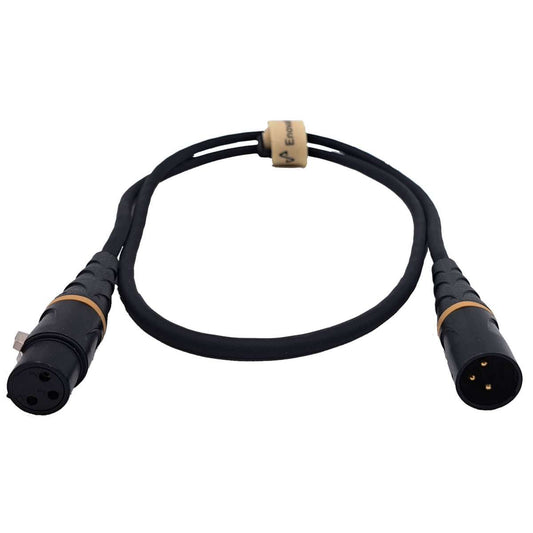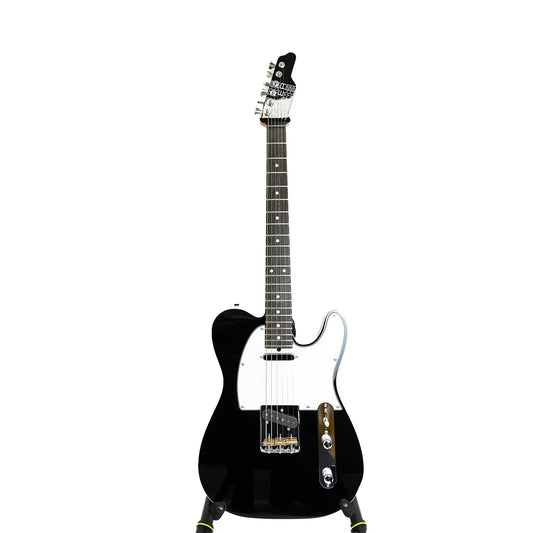About James Tyler Guitars
James Tyler started out doing custom electric guitar work and repairs in the early 1970’s. His reputation grew by word of mouth up through the later 1980s and early 1990s when a lot of top session players and artists in the Los Angeles studio scene trusted him to give them exactly what they needed. He listened to his customers and pushed the limits by constantly seeking what could be improved. This kind of hand-on experience with thousands of guitars and an exclusive clientele has given James keen insight into how things work, and what players want.Today, the guitars are built using state-of-the-art technology including computerized milling machines, laser machines, 3d modeling stations, and aerospace engineering to ensure utmost quality and precision in each product that is made. Technology, however, never takes precedence over what James calls “the human factor”. In this digital age, many computer-built products feel sterile and like machines themselves – that is not what you get with a Tyler. James draws the line to ensure that technology remains a tool in the hands of expert luthiers, and never a human replacement.
The handwork and attention to detail at Tyler make a guitar feel comfortable and familiar, a small, dedicated crew of talented craftsmen builds each guitar to order doing as much work by hand as possible. The necks are final shaped by hand, the bodies get hours of hand work through the sanding, painting, and buffing processes. The frets are dressed and polished by hand through a 10-step process that gives a superior final result that no computer-controlled machine can produce. The guitars get assembled, adjusted, set up, played, listened to and tested by people who care about quality. Then they go back for a final set-up before they are packed and shipped. It takes a determined balance of modern technology and old school tradition to give you a guitar that feels like an old friend when you play it for the first time.
The operation at James Tyler Guitars has grown slowly over the years with no partners, no investors, and no compromises. All the work is still done in Los Angeles, California in the same spirit as when it all started. A ton of sweat equity goes into each instrument, so you can pick it up and make it yours from the very first moment
In 2025 GMI Became the exclusive agent of James Tyler Guitars in Australia, offering siginifical price reductions with a new Direct-to-Consumer offer. You can now save 30% or more with our pricing versus through the old model.
PickupsPickups aren’t magic, and then they are… Designing a pickup requires the understanding of magnets, metals, and wire. You also need to know how to properly combine these elements. Once a great pickup is developed and is matched to the right guitar, the science that made it happen turns into magic, with the sound of your guitar at the center of it all. There has been a lot of talk about using scatter and hand winding to try and recreate the sound of the old 50s and 60s pickups. While it is a worthy cause, the truth is that not all of those pickups sounded good. They were inconsistent, some sounding great and others dull. We’ve taken the time to analyze the winding patterns of pickups and have developed one of our single coils and humbuckers that produces a full range of tones and good presence at the top. Out patterns are programmed into computer controlled winding machines, which insures they all come out the same. These things sound great, consistently. The quality of materials is also very important when making pickups. The cloth covered hookup wire that is still so popular has about 7 strands of tin plated copper wire. Compare that to the wire we use, which has 18 strands of individually silver plated oxygen free copper wire that is then insulated with Teflon. Plus, these wires are braided much like high-end audio cable so they don’t hum when you touch them. The 4-conductor wire used on the humbuckers is made to the same specs and is a larger gauge than industry standard. |
The Tone |
Studio EliteThe Studio Elite and HD features a HSS configuration, with optional slanting and noise cancelling pickups available. There’s options for neck wood as well as fretboard, with metallic, candy, transparent, burst and special finishes available, as well as James Tyler Guitars’ own unique ‘Vomit’, ‘Burning Water’ and ‘Schmear’ finishes. |
Do I Need a Mid-Boost?James Tyler, a great guitar player in his own right, really hated the bright lead tones of many guitarists when they would rip on a solo on the high strings. He worked with Demeter to get his midboost where Jim liked the tone. It boosts around 150Hz, so it’s really a bass boost but rolls off the highs from 3K and up creating a more round and delicious soaring note. |
Custom Shop |
“If you have to sell every other electric guitar you own to raise funds for a Tyler Studio Elite HD, you should do so.”— SIMON BRADLY, GUITARIST, ISSUE 257







